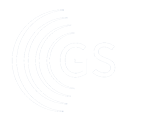
GS1 is transforming how you share information, because communicating with your customers, partners and suppliers is a crucial part of business. GS1 saw the need for a common language, as when there are different processes and systems, the sharing of straightforward information can become time-consuming and error-prone. All GS1 barcodes are trusted and based on global standards. When everyone uses the same standards, it becomes easier to get things done. Read More
